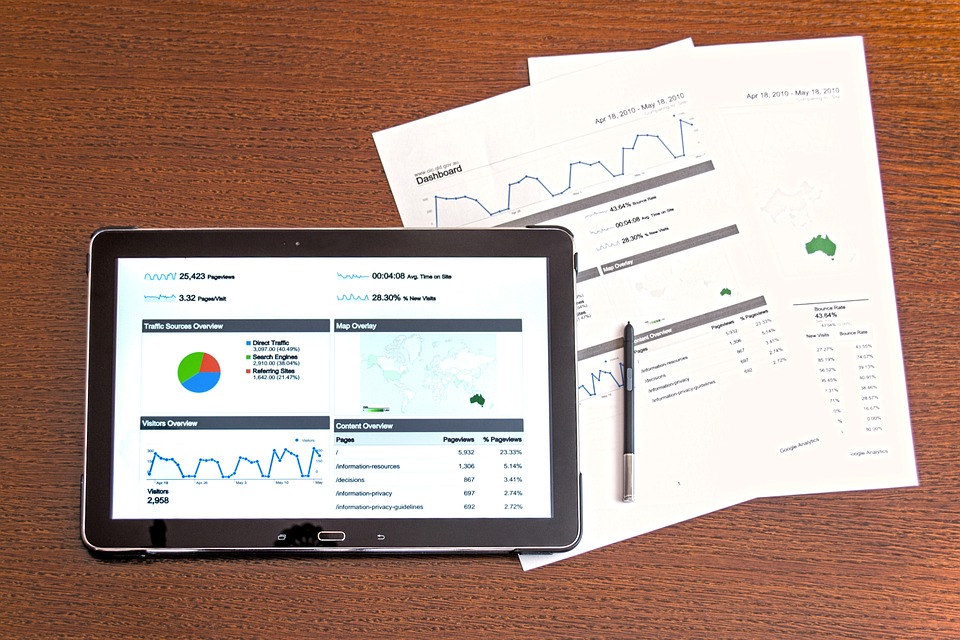Exploring Machine Learning Techniques in Investment Trading
The financial markets have always been a complex and dynamic environment, where investors seek to maximize returns while managing risks. In recent years, the advent of machine learning (ML) has revolutionized the way traders and investors approach market analysis and decision-making. By leveraging vast amounts of data and sophisticated algorithms, machine learning techniques are transforming investment trading into a more data-driven and efficient process.
The Role of Machine Learning in Investment Trading
Machine learning, a subset of artificial intelligence, involves the development of algorithms that can learn from and make predictions based on data. In the context of investment trading, these algorithms can analyze historical market data, identify patterns, and generate insights that inform trading strategies. The primary goal is to enhance decision-making processes, reduce human error, and ultimately improve profitability.
Key Machine Learning Techniques Used in Trading
Several machine learning techniques have gained prominence in the investment trading landscape. Here are some of the most widely used methods:
1. Supervised Learning
Supervised learning involves training a model on a labeled dataset, where the input data is paired with the correct output. In trading, this can mean using historical price data to predict future price movements. Common algorithms include linear regression, decision trees, and support vector machines. These models can help traders identify trends and make informed buy or sell decisions.
2. Unsupervised Learning
Unsupervised learning, on the other hand, deals with unlabeled data. It aims to uncover hidden patterns or groupings within the data. Techniques such as clustering and dimensionality reduction can be employed to identify market segments or anomalies. For instance, clustering algorithms can group stocks with similar price movements, allowing traders to diversify their portfolios effectively.
3. Reinforcement Learning
Reinforcement learning is a more advanced technique where an agent learns to make decisions by interacting with an environment. In trading, this can involve developing algorithms that adapt their strategies based on market conditions. The agent receives feedback in the form of rewards or penalties, allowing it to optimize its trading actions over time. This approach is particularly useful for developing automated trading systems that can adjust to changing market dynamics.
4. Natural Language Processing (NLP)
Natural Language Processing is another exciting area of machine learning that has found applications in trading. By analyzing news articles, social media sentiment, and financial reports, NLP algorithms can gauge market sentiment and predict price movements. For example, a sudden surge in positive sentiment around a particular stock could indicate a potential buying opportunity.
Challenges and Considerations
While machine learning offers significant advantages in investment trading, it is not without challenges. One major concern is the risk of overfitting, where a model performs well on historical data but fails to generalize to new, unseen data. Additionally, the financial markets are influenced by numerous external factors, including economic indicators, geopolitical events, and market sentiment, which can be difficult to quantify.
Moreover, the implementation of machine learning in trading requires a robust infrastructure, including access to high-quality data, computational resources, and expertise in both finance and data science. As such, firms must carefully consider their approach to integrating machine learning into their trading strategies.
The Future of Machine Learning in Investment Trading
As technology continues to evolve, the role of machine learning in investment trading is expected to grow. With advancements in data collection, processing power, and algorithm development, traders will have access to increasingly sophisticated tools that can enhance their decision-making processes. Furthermore, the integration of machine learning with other technologies, such as blockchain and big data analytics, could lead to even more innovative trading strategies.
In conclusion, machine learning techniques are reshaping the landscape of investment trading, offering new opportunities for traders to analyze data, identify trends, and make informed decisions. While challenges remain, the potential for improved efficiency and profitability makes machine learning an essential area of exploration for anyone involved in the financial markets. As the field continues to develop, it will be fascinating to see how these technologies further transform the way we approach investment trading.




